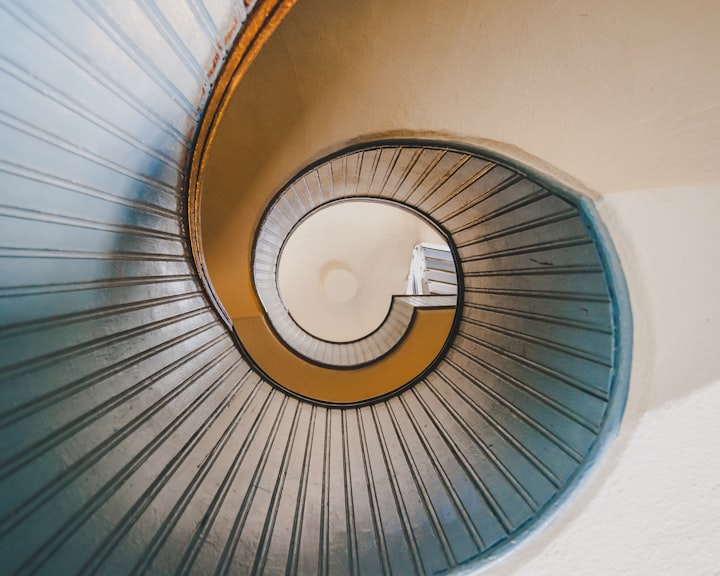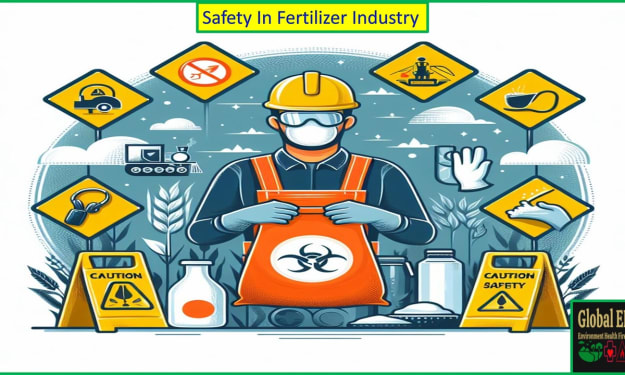TIPS AND TRICKS IN TISSUE CULTURE
TISSUE CULTURE

Tissue culture is a technique used for the growth and propagation of plant cells or tissues in a sterile, artificial environment. It is widely used in agriculture, horticulture, and biotechnology research. However, tissue culture can be a challenging and delicate process, and mistakes can lead to contamination, loss of tissue, or poor growth. In this article, we will discuss some tips and tricks for successful tissue culture.

- Start with clean equipment and materials
Tissue culture requires sterile conditions to prevent contamination from fungi, bacteria, or other microorganisms. Therefore, it is essential to sterilize all equipment, media, and plant materials before starting the experiment. Autoclaving, using a laminar flow hood, and disinfecting with alcohol or bleach solutions are common methods for sterilization.
- Maintain aseptic techniques
Once the materials are sterilized, it is crucial to maintain aseptic techniques throughout the tissue culture process. This involves working in a sterile environment, using sterile instruments and materials, and avoiding any contact with non-sterile surfaces or items. It is also recommended to wear gloves and face masks during the process to prevent contamination from human skin and breath.
- Use proper media and supplements

The choice of media and supplements can greatly affect the growth and development of plant tissues in culture. It is important to use appropriate media for the specific plant species and tissue type being cultured. Also, the addition of growth hormones, vitamins, amino acids, and other supplements can optimize tissue growth and development. It is advisable to follow established protocols or consult with experts in the field for selecting appropriate media and supplements.
- Control environmental factors
Environmental factors such as temperature, light, and humidity can significantly affect tissue culture growth and development. It is essential to maintain optimal conditions for the specific tissue type being cultured. For example, some plants may require a specific temperature or light intensity for optimal growth, and too much or too little of these factors can result in poor tissue growth or even death. Therefore, it is crucial to monitor and control environmental factors during tissue culture.
- Monitor and adjust pH levels
pH levels can also affect the growth and development of plant tissues in culture. Therefore, it is important to monitor and adjust pH levels in the media regularly. The optimal pH level may vary depending on the plant species and tissue type being cultured. However, most plants grow well in a slightly acidic to neutral pH range (around 5.5 to 7.0). pH levels can be adjusted using buffering agents or by adding acid or base solutions.
- Use appropriate containers and seals

The choice of containers and seals can affect tissue growth and development. It is recommended to use transparent containers to allow for observation of tissue growth and development. Also, the containers should have proper ventilation or seals to allow for gas exchange while preventing contamination. Petri dishes, test tubes, and tissue culture flasks are commonly used containers for tissue culture.
- Minimize handling and transfer of tissues
Handling and transferring tissues can damage or contaminate the samples. Therefore, it is important to minimize handling and transfer of tissues during tissue culture. One way to reduce handling is to use a scalpel or razor blade to cut tissues into small pieces for culturing. Also, using sterile forceps or pipettes for handling tissues can reduce the risk of contamination.
- Use appropriate sterilization techniques for plant materials

Plant materials such as seeds, explants, or callus tissues should be sterilized before tissue culture to prevent contamination. Sterilization techniques may vary depending on the plant species and tissue type being cultured. For example, some plant materials may require washing with detergents or bleach solutions before sterilization. Sterilization can be achieved using heat, chemicals, or radiation.

In conclusion, tissue culture is a valuable technique in plant biotechnology and agriculture, but it requires careful attention to detail and aseptic techniques to achieve successful results. The tips and tricks mentioned above, such as starting with clean equipment and materials, maintaining aseptic techniques, controlling environmental factors, using appropriate media and supplements, and minimizing handling and transfer of tissues, can improve tissue culture success rates. Additionally, consulting established protocols and seeking expert advice can further optimize tissue culture outcomes. By following these tips and tricks, researchers can achieve successful tissue culture and advance plant biotechnology and agriculture research
About the Creator
TIPS AND TRICKS
Welcome to my page..we are thrilled that you have taken the time to visit us today....It's all about life hacks, tips and tricks. once again welcome to the unknown worldworld






Comments
There are no comments for this story
Be the first to respond and start the conversation.